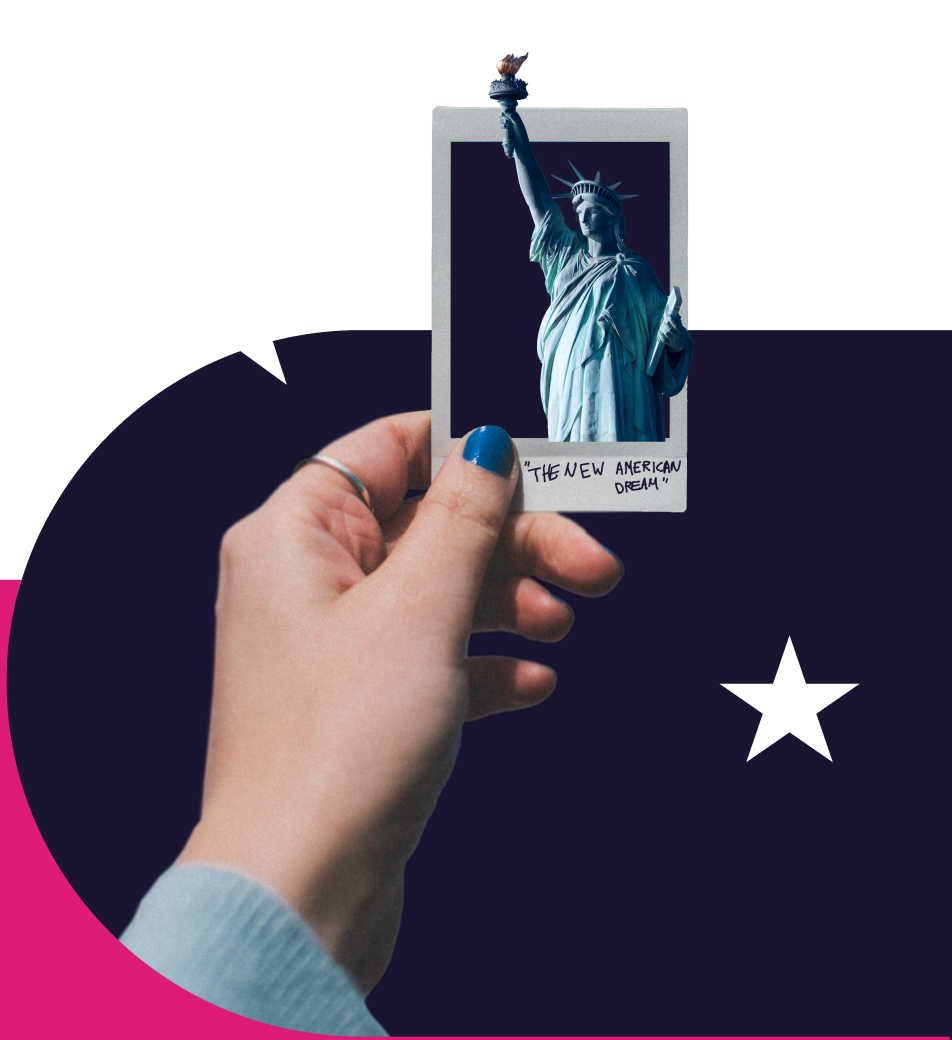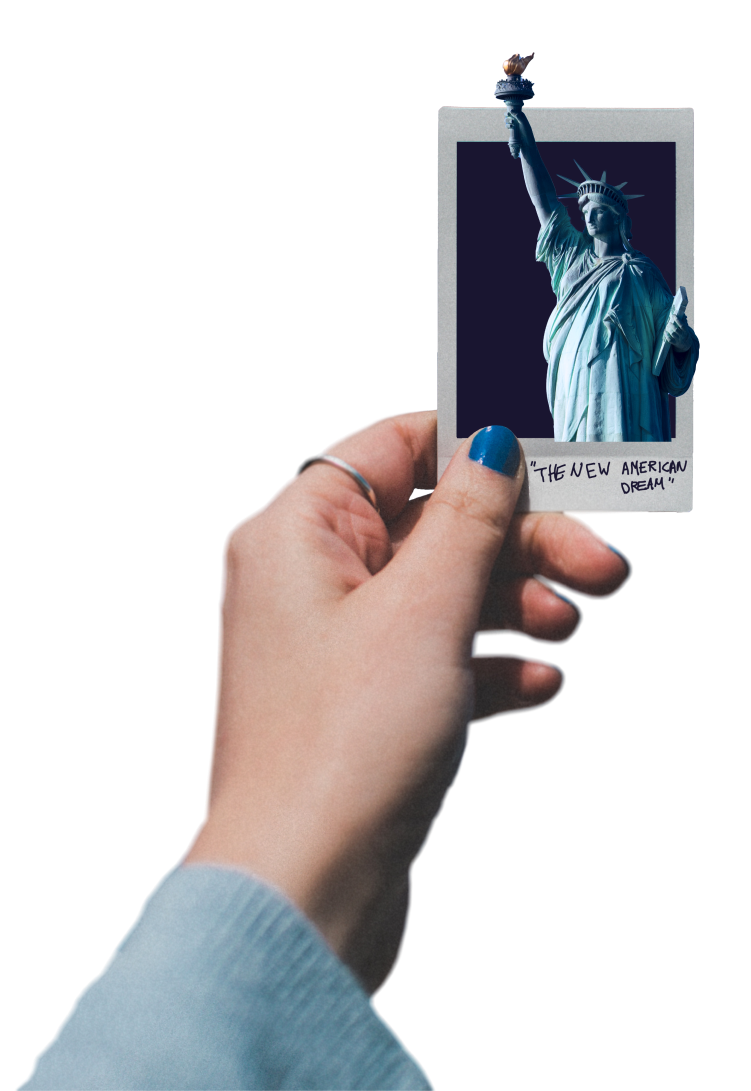
The new
American dream
How consumers are craving the simple life in 2023

SCROLL FOR MORE







SCROLL FOR MORE














Across virtually all areas of our research, we see signs of Americans lowering their ambitions, trading an appetite for success with more modest goals. While there will still be some post-pandemic splashing out, 2023 is likely to see similar changes in spending habits and in American culture as we observed during the Great Recession.
The years after 2008 saw Americans downsize in nearly every aspect of their life, from retirement to their children’s future to everyday expenses. Similar changes are on the horizon in the next 12 months as consumers face up to a cost of living crisis. It’s a full circle moment for some, as I Need a Dollar becomes all too familiar again.
Unlock the full digital experience and receive a good ol’ fashioned PDF, too.
Here’s the headline: Americans are getting worried about their financial security. 51% of the nation's consumers believe that the US economy will get worse in the next six months and confidence in personal finances looks to be waning too. Consumers have become more price-conscious about everyday expenses and, since Q2 2021, use of apps to track spending has increased 9%. Budgeting is back on the menu.

Lockdowns reminded consumers of how important personal relationships are. 34% say that being present for family and friends is their most important goal in life, an increase of 7% from last year. At the same time, the kind of YOLO (you only live once) attitude we saw when lockdowns were lifted is disappearing. Having a goal of “challenging myself” is down 8%, while “trying new things” is down 11%.







While consumers still value a workplace where they can challenge themselves and progress, salary, benefits, and time off take precedence. Boundaries are being set, and career goals have been redefined to fit the “I work to live, not live to work” narrative. And with good reason, as US workers face some of the highest levels of burnout and being overworked.
Striving for simplicity has led some to make big changes to their working life. Time away from a traditional 9 to 5 has allowed workers to explore other options, with the number who work while on the road or traveling increasing by 38% since Q3 2021. The search for the simple life is as much a cultural trend as it is an economic one. Some start the #vanlife because they have to, others because they want to.